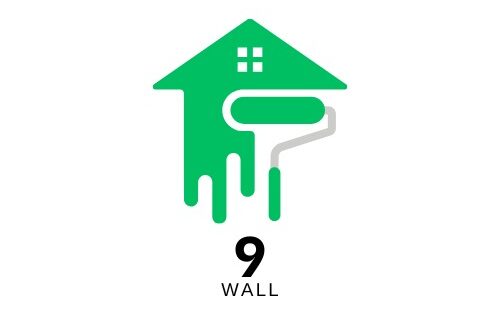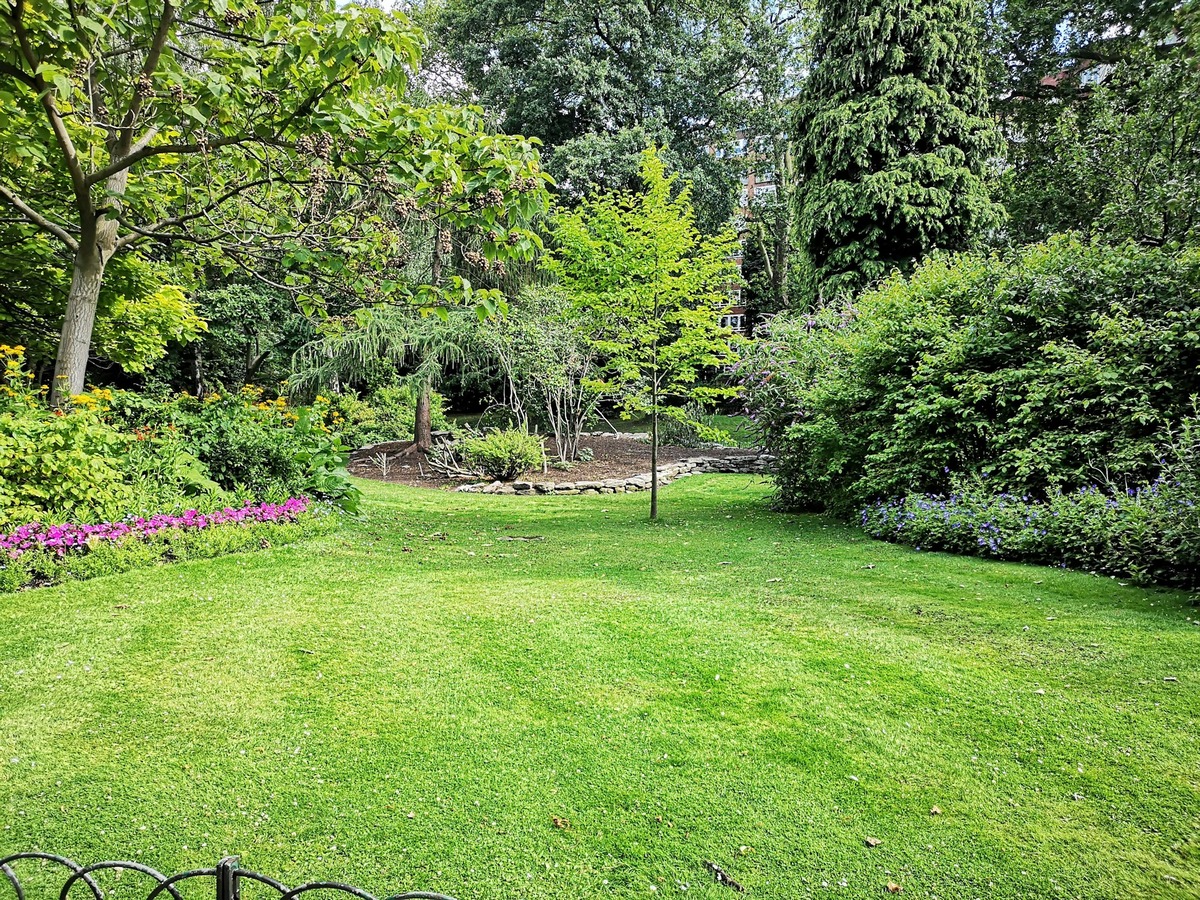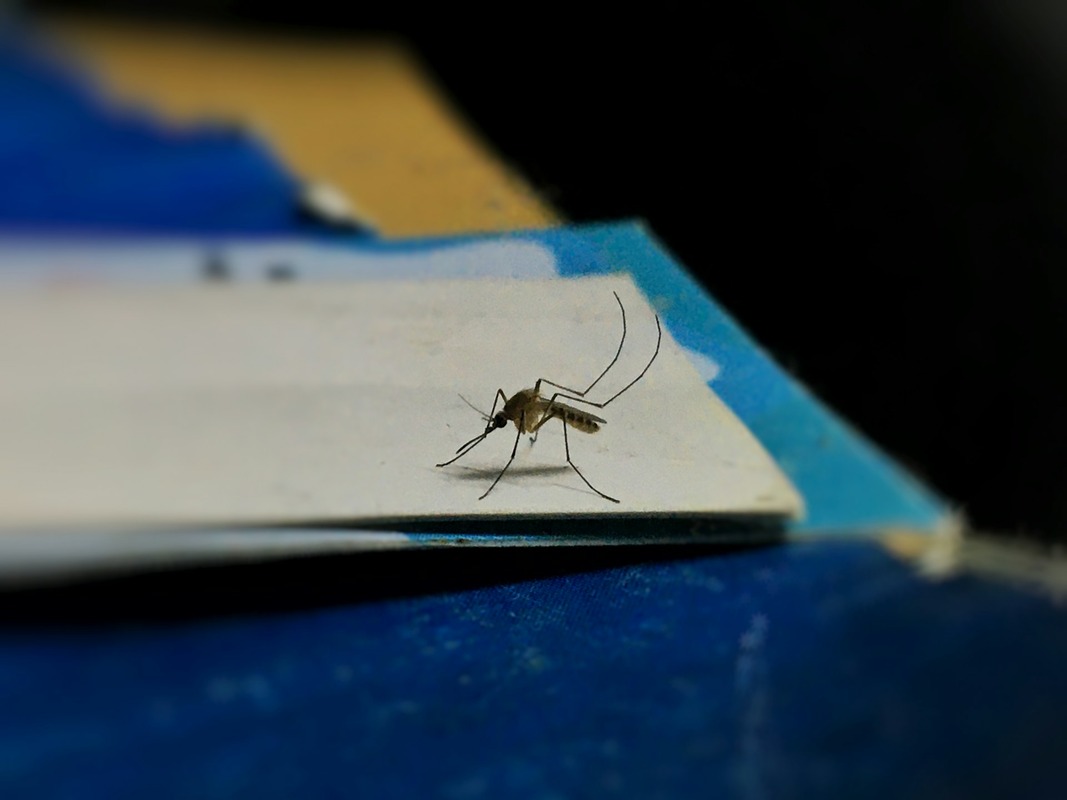Table of Contents
- Introduction to Sustainable Gardening
- Choosing the Right Plants
- Soil Health and Composting
- Water Conservation Techniques
- Integrated Pest Management
- Seasonal Maintenance Tips
- Benefits of Sustainable Gardening
- Common Mistakes to Avoid
- Conclusion
Introduction to Sustainable Gardening
Gardening has always been rewarding, but the transition towards sustainability has added a new dimension to this age-old practice. Sustainable gardening involves cultivating plants in ways that are efficient and considerate of long-term environmental impacts. This gardening approach minimizes the use of resources, reduces waste, and supports local ecosystems. With a greater focus on preserving water, soil health, and biodiversity, sustainable gardens can offer beautiful, productive spaces without harming the environment. Comprehensive resources and advice, such as My Sons Landscape, can guide you through transforming your garden into a sustainable sanctuary.
Adopting sustainable gardening practices benefits the environment, personal satisfaction, and enjoyment. Research has linked sustainable gardening practices with improving local biodiversity levels, reducing soil erosion, and increasing carbon capture, illustrating benefits beyond personal gardens.
Choosing the Right Plants
The selection of plants plays a critical role in the health and sustainability of your garden. Native plants, naturally adapted to the local environment, often require less water, fertilizers, and pest control, making them ideal for sustainable gardening. These plants thrive with minimal care and support local wildlife, providing food and habitat necessary for biodiversity.
To make informed plant choices, consider your local USDA hardiness zone. This information will help you understand the climatic conditions your chosen plants must withstand. Proper plant selection reduces the need for chemical inputs while supporting the broader ecosystem’s sustainability. When your garden comprises plants that complement each other, it forms a symbiotic relationship that can further enhance its resilience and beauty.
Soil Health and Composting
A flourishing garden is built on healthy soil, and composting is a great way to improve your soil while cutting down on trash. By breaking down organic materials like food scraps and yard trash, composting produces a nutrient-dense substance that can significantly enhance soil quality. By improving the soil’s structure, water retention, and nutrient availability, composting can help plants thrive without the use of artificial fertilizers. By creating a compost system, you can cut down on trash, give your plants a natural fertilizer, store carbon, lessen the consequences of climate change, and support vital organisms that keep your soil healthy. Regarding sustainability, composting is a closed-loop, no-waste method that helps the environment and your garden while enabling you to effectively and naturally support your plants.
Water Conservation Techniques
Sustainable gardening methods prioritize conserving water, which is a valuable resource. Gardeners can ensure their plants get the water they need without wasting water by using effective watering techniques like drip irrigation and rainwater harvesting. Rainwater harvesting gathers and uses rainfall, lowering dependency on municipal supplies, while drip irrigation methods provide water straight to plant roots, reducing evaporation and runoff.
By drastically reducing water use, these tactics demonstrate a dedication to resource conservation and adaptation to the problems associated with water shortage in different areas. Innovative irrigation systems provide a sustainable answer to contemporary water management problems by conserving water and effectively adapting to the challenges presented by population expansion and drought.
Integrated Pest Management
Conventional pest control often relies on chemical pesticides, which can harm beneficial insects and degrade soil health over time. Integrated Pest Management (IPM) provides a more sustainable alternative by focusing on natural and preventative methods. Gardeners can control harmful pests by planting diverse species, introducing beneficial insects, and utilizing organic pest repellents while maintaining ecological balance.
Diverse plantings enhance garden resilience against pests and disease while attracting beneficial insects that keep pest populations in check. This approach reduces dependency on chemical interventions and maintains the garden’s integrity and vibrancy over time, demonstrating that a healthy, sustainable garden works harmoniously with nature to manage and overcome pest challenges.
Seasonal Maintenance Tips
Consistent, season-appropriate care is vital to sustaining a productive garden year-round. Each season brings unique requirements that can influence your gardening tasks and priorities. In spring, focus on planting new seeds and plants and preparing the soil through composting and mulching. Summer maintenance often involves mulching and ensuring adequate hydration, particularly in warmer climates.
Autumn is a time for pruning, adding compost, and preparing plants for the colder months ahead, while winter tasks include planning for the new growing season and protecting plants from harsh weather. Adhering to a seasonal checklist can implement structured, effective maintenance to keep your garden thriving and beautiful throughout the year.
Benefits of Sustainable Gardening
There are many benefits to sustainable gardening that go beyond environmental enhancements. In addition to providing a kind of physical exercise, gardening improves mental health by reducing stress and enhancing general well-being. Growing a garden is a rewarding and significant way for people to get hands-on experience with nature. There are financial advantages to sustainable methods as well. Sustainable gardening can eventually reduce expenses by lowering reliance on external inputs like costly fertilizers or excessive water usage. This makes it a desirable option for gardeners on a tight budget or who care about the environment.
Common Mistakes to Avoid
A sustainable gardening approach requires knowledge and a willingness to learn from experience. Standard errors, such as overwatering, excessive fertilizers, or planting non-native, invasive species, can hinder your garden’s progress and sustainability. These mistakes can lead to resource wastage, increased maintenance, or harm local ecosystems.
To avoid these pitfalls, it is essential to research and understand the specific needs of your plants and local environment. By familiarizing yourself with local flora, understanding seasonal patterns, and observing sustainable practices, you can cultivate a garden that is not only lush and vibrant but also resilient and eco-friendly. Such mindfulness ensures that your gardening efforts are rewarding and contribute positively to the broader ecosystem.
Conclusion
Creating a sustainable and lush garden is a journey that rewards both the gardener and the environment. You can cultivate a thriving garden that minimizes ecological impact by selecting the right plants, maintaining soil health, conserving water, and adopting natural pest control methods. Seasonal maintenance ensures your garden stays productive and vibrant year-round while avoiding common mistakes, which enhances its sustainability and longevity. Beyond the ecological benefits, sustainable gardening fosters physical activity, mental well-being, and a deeper connection with nature. It also offers economic advantages, proving that environmentally friendly practices can be practical and fulfilling. Whether a novice or an experienced gardener, embracing sustainability transforms your garden into a sanctuary and contributes to the planet’s health and beauty.







